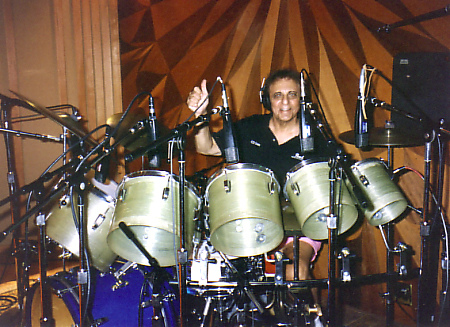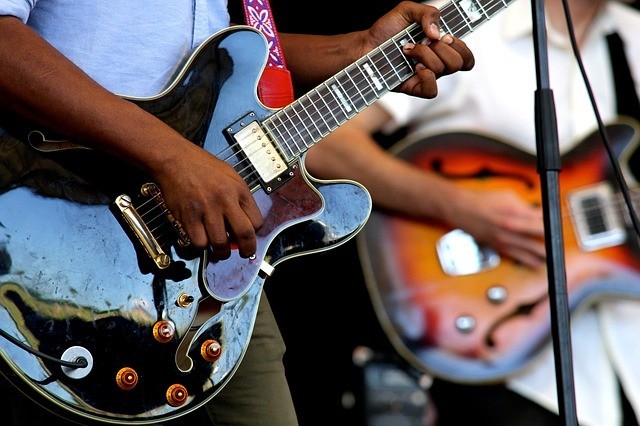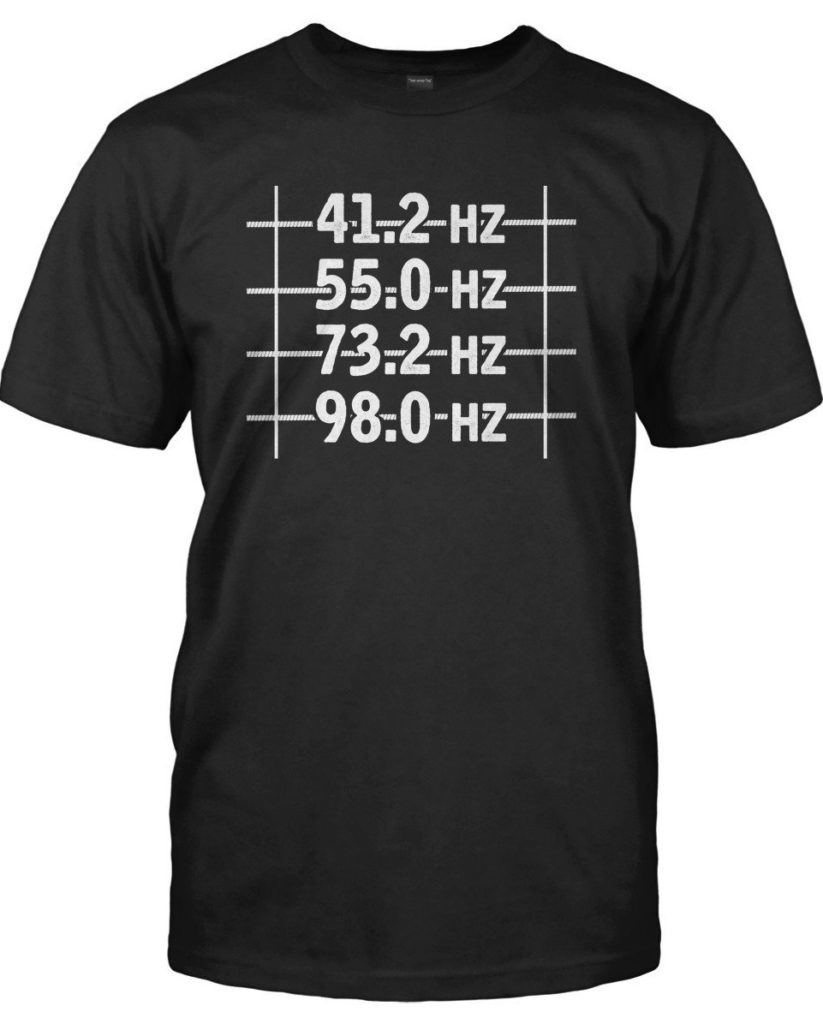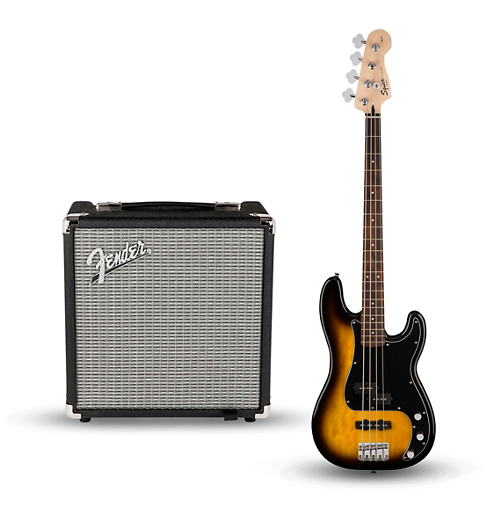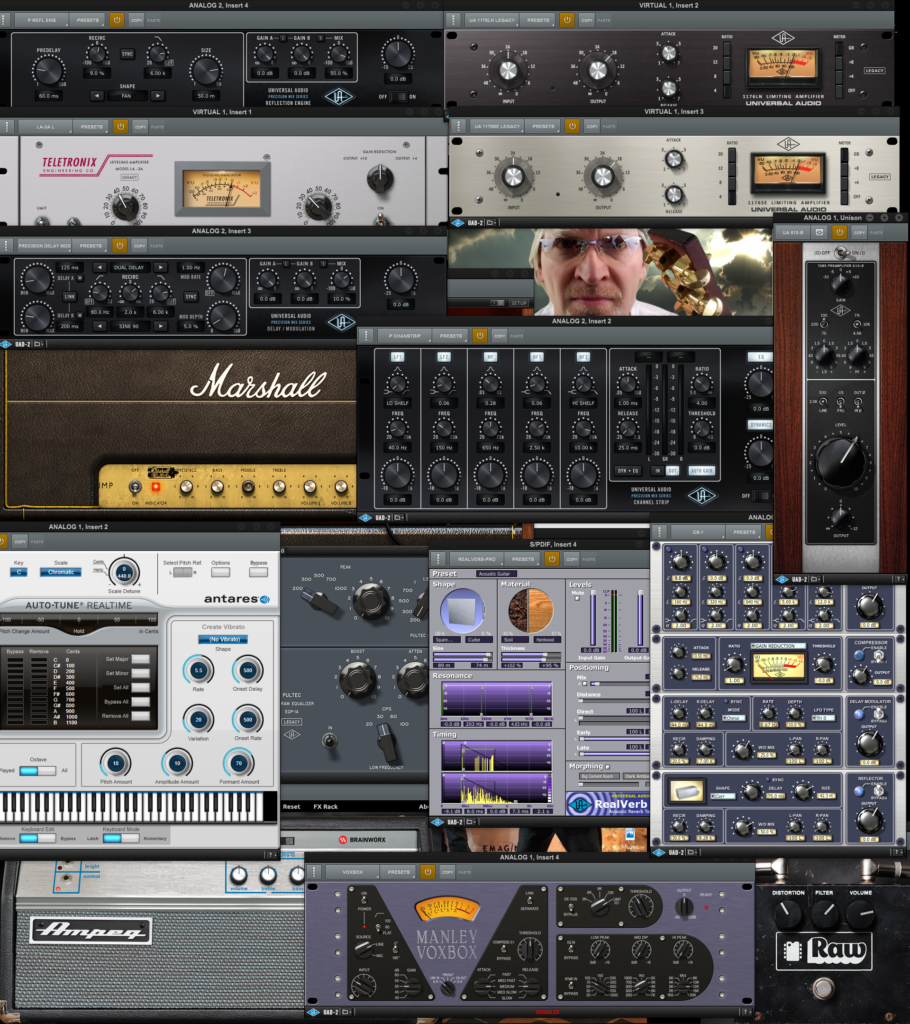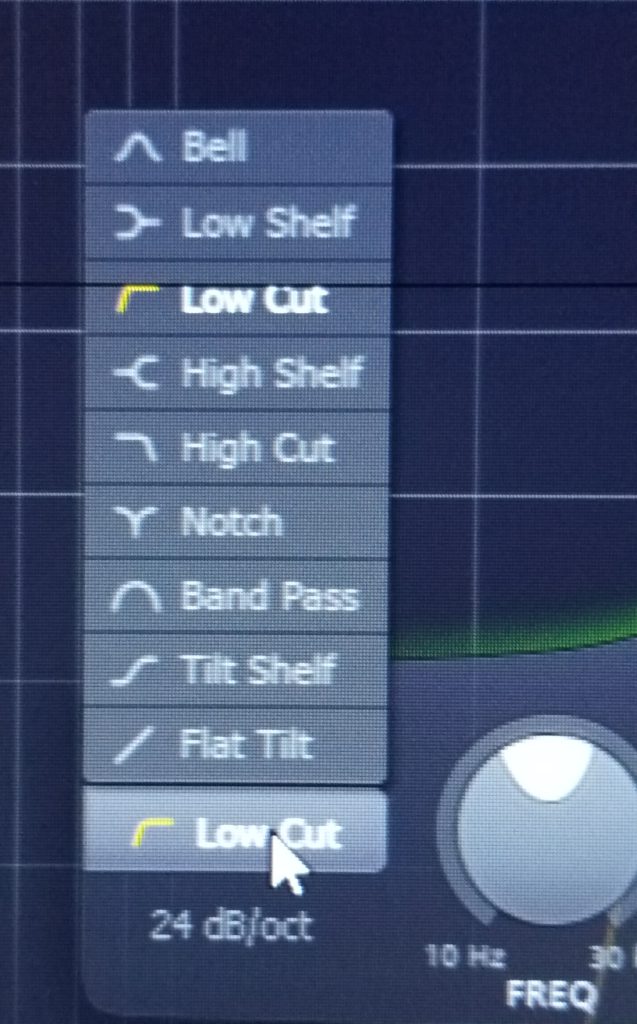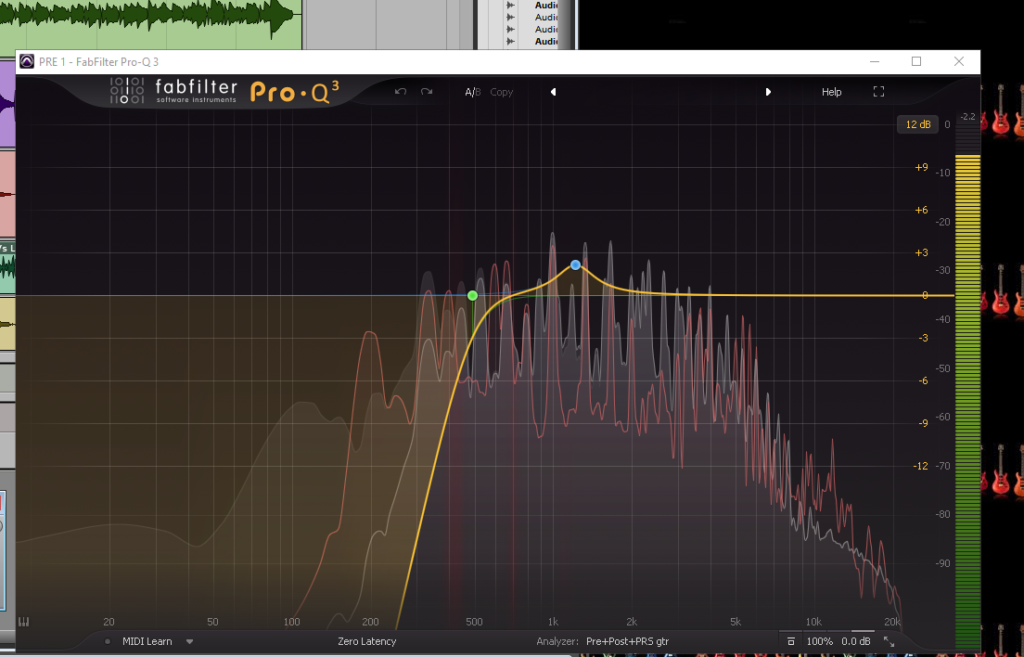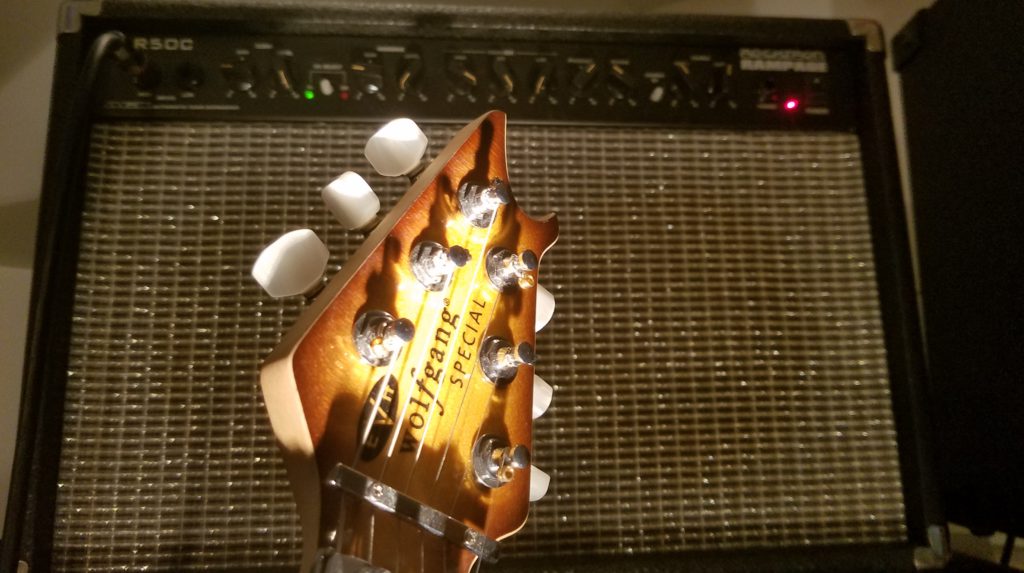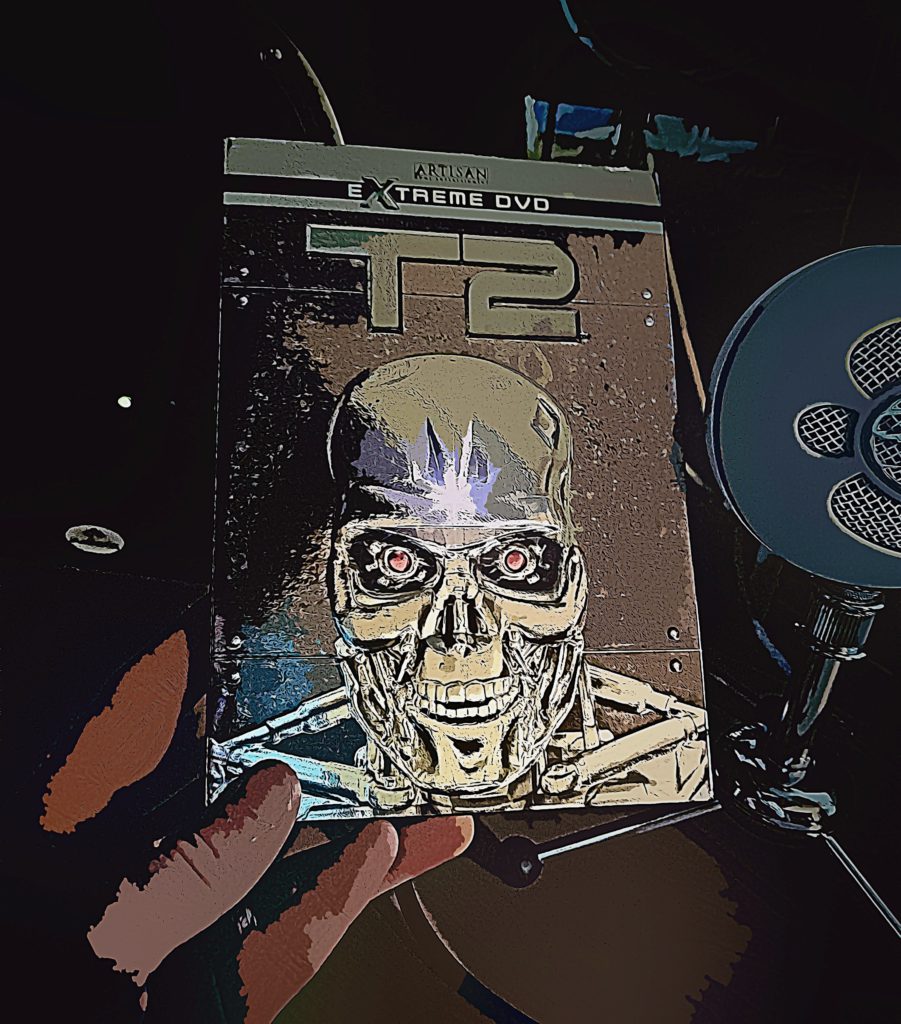
“I’m baaaaaaack… !”
Just HAD to start today’s post with that, since I just saw the latest installment of the “Terminator” film franchise. I think it’s gonna take decades before the “I’ll be back” jokes disappear from our common vernacular.
If EVER!
Did any of you see it?? It was great to see Linda & “AHHH-nuld” back in the saddle again. After a long absence, I noticed they took up their roles as professionally as ever.
Maybe better?!
It’s like riding a bike, or… beating Mario Cart, or…
… writing a Blog.
Yes, I’ve been away for a while now. 5 MONTHS, to be exact. Missed you all, for sure.
I had much to do, but all that I set out to accomplish is now in the history books, and at last I can finally return to you, my fellow GEAR-heads, and continue our merry trek down “Music Gear Road”!
But first – a quick look back…
Where the heck WERE ya, Teaj???!

So, I had three MAJOR goals that I had to meet this summer:
FIRST, I had to play my first ever LIVE, full concert of my own material!
This was (as any of you who’ve done it know) a daunting task. We’re talking months of focused prep, long rehearsals, hours of fine-tuning and tweaking chords, lyrics and licks to pull it off.
I even filmed myself doing the concert… BEFORE THE CONCERT, just so I could watch and see if there were any weak spots!
It’s hard enough playing OTHER people’s music for a couple hours; hits, covers, etc. But when you’re playing ONLY your own material (and most of the audience, in my case, hasn’t ever heard it)… WHOO! That’s a much bigger challenge.
Add to that the fact that it was being filmed by a 2-camera professional set-up, in an astoundingly beautiful venue called “20 Front Street” (look it up!) and I think you’ll understand why I took time off from SeriousGas.

I had to make @#$$% sure that it was going to be a flawless performance.
And guess what?! It pretty much was! Only on the very FIRST song did I accidentally skip the BRIDGE (an upbeat Pop/Rock-er called “All About You”).
Of course, if anyone asks, I was using “creative license” to alter the song, and being “led by a sudden, primal instinctive muse” that “shaped the song for a pregnant moment of artistic revolution”!! LoL
But if only one out of 16 or so tunes had an issue, that’s an AWESOME outcome! I don’t think I could’ve asked for a better night. The audience interaction, performance quality, my energy levels… even my voice, was in tip-top form!
I’m now in the process of editing the whole concert’s film footage. Then it’s up on YouTube we go. I’ll keep ya apprised…
SECOND, I took on a Management job full-time at a local fitness club here in my neighborhood. Big change, for sure. Why?
For years, I’ve made a living as a musician AND a film actor, but the economic downturn of 2009 really put the kabash on our Industry here in the state of Michigan, and in the last 5 years it dwindled finally to absolutely NO FILMS coming to our fair state at all. No films = no work.
I’d tell you how state politics was to blame, but I’m having a good day and don’t want to ruin it. LOL

THIRD, and last, I had a couple half-marathons I had to run in the fall, and I really wanted to crush last year’s final pace scores. That meant many miles of running and prep as well.
Did I do it?? Ohhhhh, yes I did!! Shaved almost a full MINUTE off my average Mile pace in the Detroit Freep!! Those of you who are runners know how exhilarating that is… and also how hard to DO.
So, in a nutshell…
MAN, I was busy!! 😉
Live Music is a Whole Different Animal
So, what did my months off teach me?
Well, first up, I was reminded that pulling off a good live concert takes a set of skills that are similar, but in several ways different, than the typical day in the recording studio.
The biggest change obviously is that you’ve got just ONE SHOT to get it right!

It’s like The Beatles back in their first Abbey Road days – they couldn’t punch in a little part on the vocal. They couldn’t fix just one instrument in one section of a song. If they made a mistake, they had to do the whole thing over again!
In a concert setting, the set lists are stacked even more against you: make a mistake, and you don’t get the chance to do it again! That’s it.
To quote Alien 2: “Game over, man! Game over!!” lol
I’ve only recorded live in the studio with a band once in life thus far. It was a fantastic experience, and I’d love to do it again.
To do so, however, takes extreme commitment from people in addition to yourself. That’s where I’ve always found the hardship to be – no one wants to put in as much rehearsal as I do.
Because of that, I’ve always found that I have better results just doing it myself. Yeah it takes a ton of rehearsing, but you also have no doubts about when you’re ready.

Of course, there’s always the option of HIRING professional musicians to play on your material, but then we’re getting into so much money that, to me at least, it’s cost-prohibitive.
(Especially when, in most cases, I can just play it myself and get great results.)
I also noticed that I had to use a much wider range of Dynamics in my songs when playing solo and in a live setting.
In a fully-produced, recorded song, all the other riffs, licks and instruments help keep your attention.
But when it’s just you and a guitar, or just you and a piano, I’ve found that it’s the ebb and flow of Dynamics that really helps keep people on the edge of their seats.

Many times during my recent concert, I’d sing one part of a song with full voice and gusto, only to drop to almost a whisper over light finger-picking in a later section.
You can almost feel the audience leaning in to your song and performance when you do this. It’s so magical… and so addicting!!
Lastly, you really have to know the intricacies of your instruments much more live than you do in the studio.
No audience wants to sit there and wait while you fiddle with your instrument, trying to get it ready for the song. You have to have it ready, well-tuned, and, in my case, you must know WHICH guitar is in WHAT alternate tuning for which specific song.
I learned long ago to compose in alternate tunings, mostly from my acoustic hero Bruce Cockburn (read about him HERE!). It’s wonderful, the voices you can create… but it sure does make a live concert more, uh… let’s just say “challenging”. LoL
I used 5 guitars that night, each handpicked and selected for certain songs. Only lots of rehearsal prepped me for that kind of quick, specific switching. In the end, it was totally worth it.
“Know Thy gear, and to Thine own gear be true!”
Amen, brother!!
The Things we Do for… Music
For over three decades now I’ve been a musician. Some would think after so long I’d want to slow down. Coast on what I’ve learned. Maybe even leave it behind, since I’ve probably earned less than $10,000 off of music since I began.
Those that would say that… don’t know real musicians.
With this recent regional drought in the film industry, I needed to look elsewhere for income.
Why? To pay bills??
Sure. That’s always needful. But my own personal “Prime Directive” is a little different from Star Trek’s…
… I want more gear!!!
Big surprise there, since we’re on Seriousgas.com, right?! LoL
Really though, the gear is secondary. It’s always about the music. Not only do I want to put out an album THIS year, I’m prepping for one NEXT year too. And that means I need to upgrade and buy a few things to modernize the sound.
So, the months I took off, away from you all, have led me to today, where I have a higher income than ever to put towards expanding my repertoire and my tool set.
In the final analysis, why… that’s not a bad trade at all, don’tcha think? 😉
If you ever have to give up a JOB so your CAREER can be better, that’s a wise choice; don’t regret it. Soon enough, you’ll be right back where you wanna be. Stay determined, and keep your eyes on the ultimate prize.
Dead Poets Write Good Lyrics
Sometimes we need to get off the beaten path a bit, in order to later come back and forge a new, better path.
That doesn’t mean we’re not giving our best; it just means we’re shifting our focus to serve a greater goal we have in mind.

One of my favorite films is the “Dead Poets Society“. Robin Williams really knocked it outta the park in that one. For me, it’s his best film roll.
He, and the other excellent cast members, really make a lasting impression through that script.
One of the biggest takeaways of the film is the use of the phrase, ” Carpe Diem”, which means “seize the day”. If you’ve never seen this film, take a moment to at least watch this extraordinary scene where Williams introduces this phrase… in a most unforgettable way:
Brilliant, right?! So impactful; so profound.
And so true.
I can actually say that I’ve striven to live by that phrase ever since being schooled about it by Robin in that film.
That means being constantly vigilant about prioritizing my actions. There will always be a hundred things that CAN be done in a day. But which ones truly NEED to be done, keeping our ultimate goals in mind? Each day is different, as is the thing you’ll need to seize.
Similarly, I have this motto hanging just to the right of my studio work desk:

That, together with “carpe diem”, pretty much sums up my life philosophy.
So in these last few months, have I been able to do any studio recording?
Nope. Did I write a single post for my blog??
Not a one. Did I at least compose any new songs for next year’s album??
Nada.
But did I live a “carpe diem”, “be better than I’ve been” summer??
Absolutely.
Though I’ve not accomplished anything here in the studio, out in the world I accomplished a LOT, including a full concert of my own material that, at the end of the night, might have been my best performance ever.
Seizing the day doesn’t mean always doing the same thing as before. Sometimes, there must be detours. But defining your goal and destination? That’ll always keep you on track.
So follow your Muse in your music. Don’t let setbacks take your eyes off the prize. And whatever you do, don’t forget…
… if you believe it, you’re destined for great things!!
Your Passion Never Leaves You
Another thing that became clear during my “studio vacation” is that, no matter where I go or what I do, the musician in me is always present, and will find a way to bring life to others.
To remind me of why I’m there working, I have in my Life Time office 3 personal items:
– a picture of my family
– the “being better” motto, hanging on my wall, and
– my most expensive ukulele
It didn’t take long for people to recognize the significance of all three. It also didn’t take them long to ask me to play for everybody.

Before even one week had passed, I became the go-to guy for every “Happy Birthday” sing-along.
On top of that, I’m asked frequently to come to the front of the club to play & sing famous songs, on holidays and what not. I have no doubt that near Christmas I’ll be a “regular act” at the front desk with my voice and ukulele.
Did I seek this out? Not at all. But once people discover a musician and entertainer… buddy, they wanna be entertained!!
And so a new outlet for my love of songwriting and musicianship appeared.
Have no fears that, if you have to go away from music for a bit, it’ll somehow leave you. It will definitely still be there, and in fact… you’ll probably discover a freshness in it because you stepped away.

The musical muse is understanding.
Patient.
Ready when you are.
What you gained never disappears. It might need coaxing out, and it might look & sound a little different, but it’s still just as YOU and interesting, and fascinating, as before.
As I walked through my studio at times in the last 5 months, it almost felt like everything was sleeping.
Well, maybe not sleeping really… just more like… everything had its eyes closed, waiting. Waiting for me. Like they didn’t want to have to see me just walk by them and not play, even if it were for just a minute.
They’re so needy. 😉
Today, I started picking things up and playing them again, and, I tell you… it was just like getting together to hang with a good, old friend. It’s all there, and it’s all GOOD.
“Jurassic Park” stated that “Life will find a way”. For us tone-twangerz and bangers, it’s “Music will find a way!”
It always does.
It’s Good to HIT Things!!
Isn’t it funny how very different instruments are from one another? Until they’ve played a variety of instruments, people don’t realize the subtleties in technique, approach, and even mind & body chemistry that different instruments demand and provoke.
Take DRUMS. The aggression that I approach my kits with is very different from how I pick up my acoustic guitars. If I’m on the throne, sticks in hand… I’m BANGIN’, dude!!
There’s no other instrument that I play that produces and demands from me so much intensity, power, focus and, frankly… SWEAT!!! I can get behind my Pearl Export exanded kit and play for hours. LOVE… IT!!!
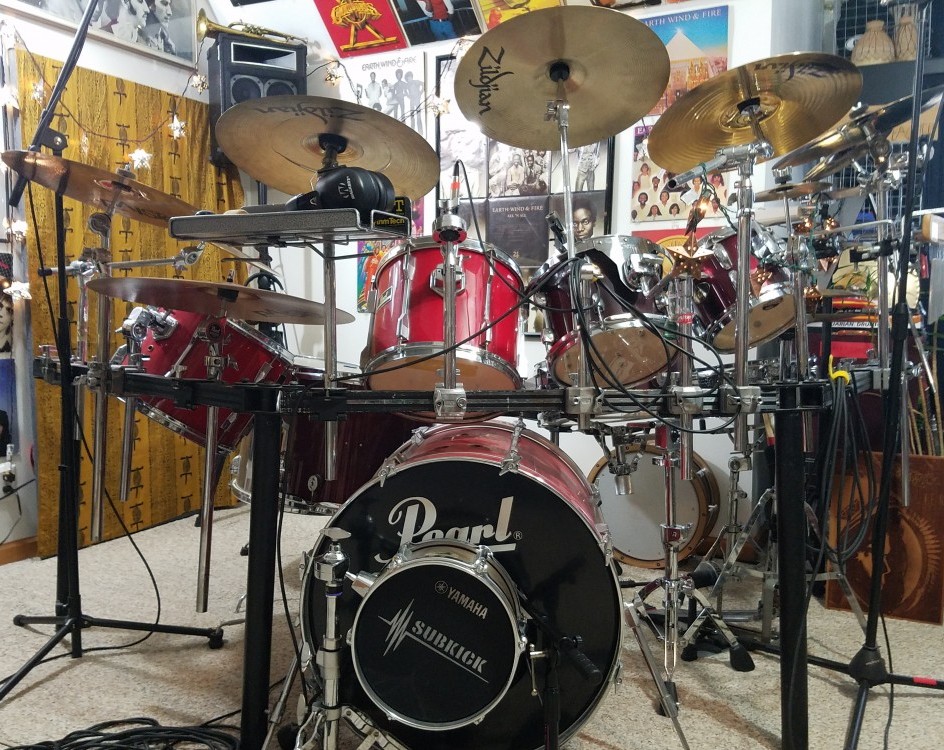
Want a workout – if you want to burn a thousand calories or so, just play a Rock/Pop set on a drum kit for an hour or more.
It’s no wonder fat drummer are rare!! LOL
So, yeah, one of the things I couldn’t wait to get back to is hitting those skins. And after this blog is uploaded, one guess where you’ll find me.
I won’t be watching Netflix.
Cue the Toto “Rosanna” track!!!
And in the End…
… it’s not the STUDIO that matters.
It’s the love of music that you express IN it, and to it, and through it, that matters most.
To re-phrase the Beatles: “And, in the end, the Music you make is equal to the Music you take.”
In other words, our study of gear, our instruments, the songs of the Masters… it’s given us so much (and we’ve taken MUCH from them!).
When we share that with others, it WILL inspire them, motivate them, lift their spirits, and prove that, no matter who or where you are, you can make this world a better place.
With music.
Thanks for all of you who’ve followed this Blog and sent messages and well-wished during my sabbatical. YOU are why I love being here, and your appreciation for all things musical make all this… always worthwhile.
Oh, and… don’t worry – in just a few more days… with yet another gear-lovin’ post…
… “I’ll be baaaaack.” 😉
Now, go… make… sounds!!
Teaj

